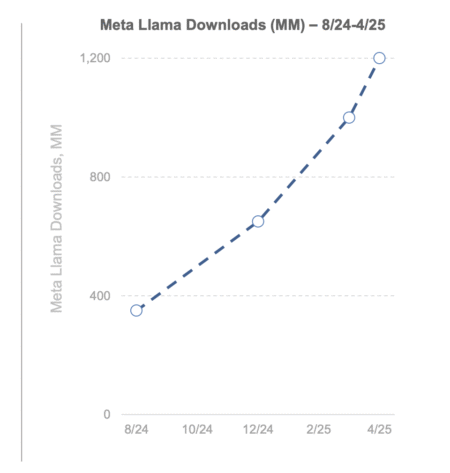

Large language models (LLMs) have introduced impressive capabilities, particularly in reasoning tasks. Models like OpenAI’s O1 utilize “long-thought reasoning,” where complex problems are broken into manageable steps and solutions are refined iteratively. While this approach enhances problem-solving, it comes at a cost: extended output sequences lead to increased computational time and energy use. These inefficiencies raise concerns about scalability and the practical usability of such models in real-world applications. Addressing this issue is essential for making LLMs more efficient and broadly applicable.
Researchers from Sun Yat-sen University, China Agriculture University, Tsinghua University, the University of Oxford, Didichuxing, and NTU propose Length-Harmonizing Fine-Tuning (O1-Pruner). This technique seeks to reduce the inefficiencies in reasoning models while maintaining accuracy. The primary focus is on optimizing token usage, which is a significant bottleneck in current models. O1-Pruner uses reinforcement learning (RL) techniques to encourage the generation of shorter reasoning paths without sacrificing precision.
The process begins with evaluating baseline performance through pre-sampling. A customized RL-style loss function then fine-tunes the model’s reasoning length, ensuring that the generated solutions are proportional to the complexity of the problem. By aligning reasoning length with task difficulty, O1-Pruner reduces computational costs without compromising on quality.

Technical Details and Benefits of O1-Pruner
At the heart of O1-Pruner is the Length-Harmonizing Fine-Tuning approach, which balances reasoning length and accuracy. The key steps include:
- Reference Model Sampling: A reference model evaluates reasoning quality and length by generating multiple solutions for each problem, creating a performance benchmark.
- Reward Function Design: This involves two components:
- Length Reward: Shorter solutions relative to the reference model are encouraged.
- Accuracy Reward: Ensures that shorter reasoning paths do not compromise correctness.
- Reinforcement Learning Framework: Proximal Policy Optimization (PPO) is used to train the model efficiently. Off-policy training further simplifies the workflow and reduces training complexity.
The benefits of O1-Pruner include:
- Improved Efficiency: Reduces redundant computations, leading to faster inference.
- Accuracy Preservation: Ensures that shorter solutions maintain or even enhance accuracy.
- Task Adaptability: Dynamically adjusts reasoning depth based on problem complexity, making it applicable to a variety of tasks.
Results and Insights
Experiments on mathematical reasoning benchmarks such as MATH, GSM8K, and GaoKao showcase O1-Pruner’s effectiveness. For example:
- The Marco-o1-7B model, fine-tuned with O1-Pruner, achieved a 40.5% reduction in solution length while improving accuracy to 76.8%.
- The QwQ-32B-Preview model demonstrated a 34.7% reduction in solution length alongside a slight accuracy increase to 89.3%.
Inference time also improved significantly. On the MATH dataset:
- Marco-o1-7B reduced its inference time from 2 minutes to just over 1 minute.
- QwQ-32B-Preview decreased from 6 minutes to approximately 4 minutes.
These results highlight O1-Pruner’s ability to balance accuracy and efficiency. Its superior performance, as measured by the Accuracy-Efficiency Score (AES), establishes it as a better alternative to other methods like Supervised Fine-Tuning (SFT) and Direct Preference Optimization (DPO).

Conclusion
O1-Pruner demonstrates that efficient reasoning in LLMs is achievable without compromising accuracy. By harmonizing reasoning length with problem complexity, it addresses the computational inefficiencies inherent in long-thought reasoning. This work lays the groundwork for further advancements in optimizing reasoning models, enabling their application in diverse, real-world scenarios where efficiency and accuracy are equally critical.
Check out the Paper and GitHub Page. All credit for this research goes to the researchers of this project. Also, don’t forget to follow us on Twitter and join our Telegram Channel and LinkedIn Group. Don’t Forget to join our 70k+ ML SubReddit.
The post O1-Pruner: Streamlining Long-Thought Reasoning in Language Models appeared first on MarkTechPost.
Source: Read MoreÂ





